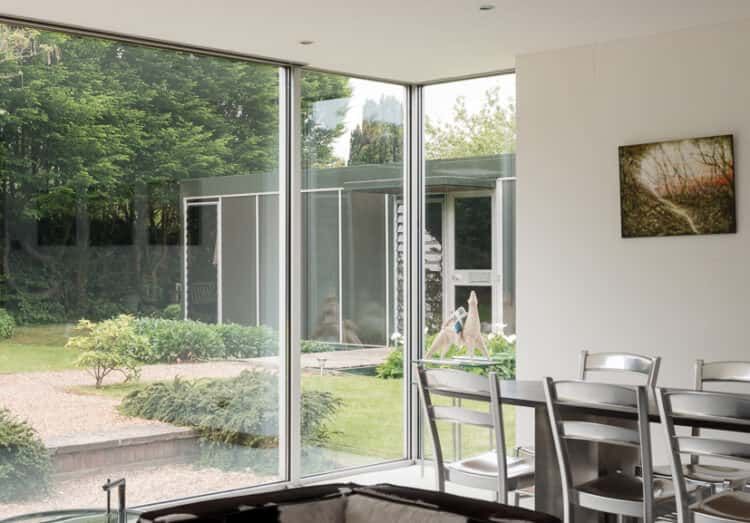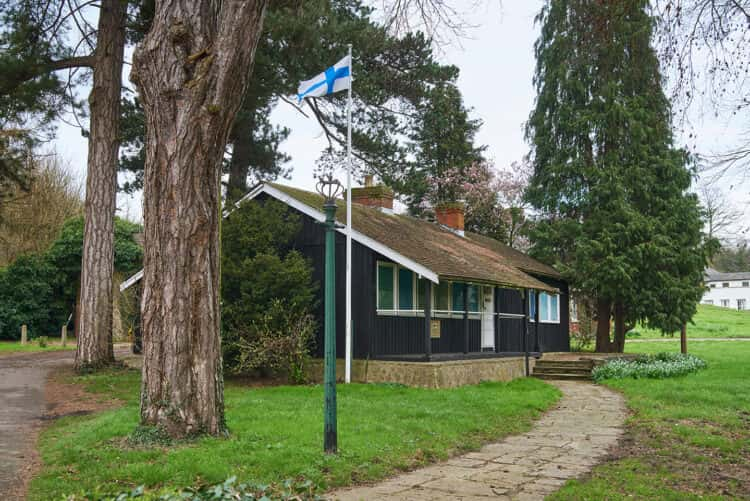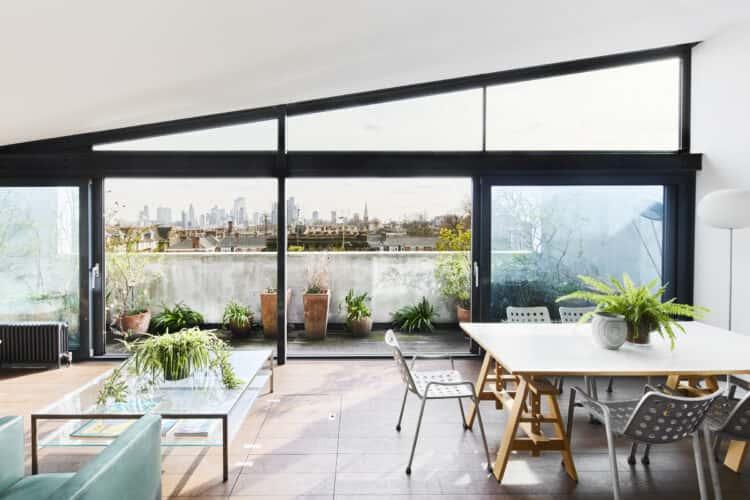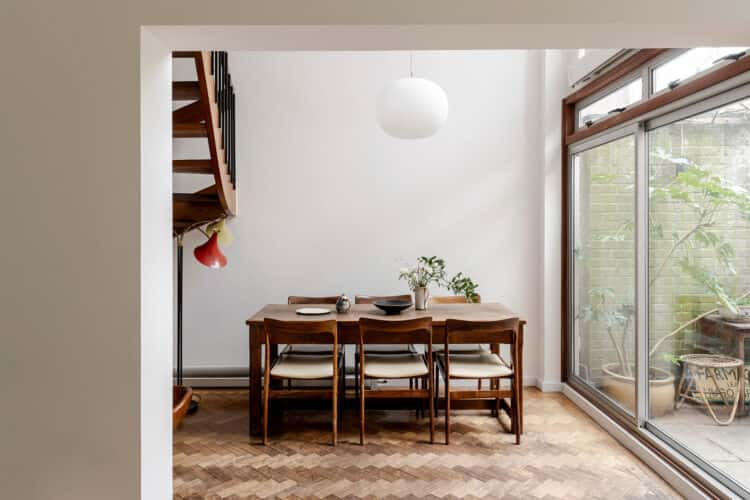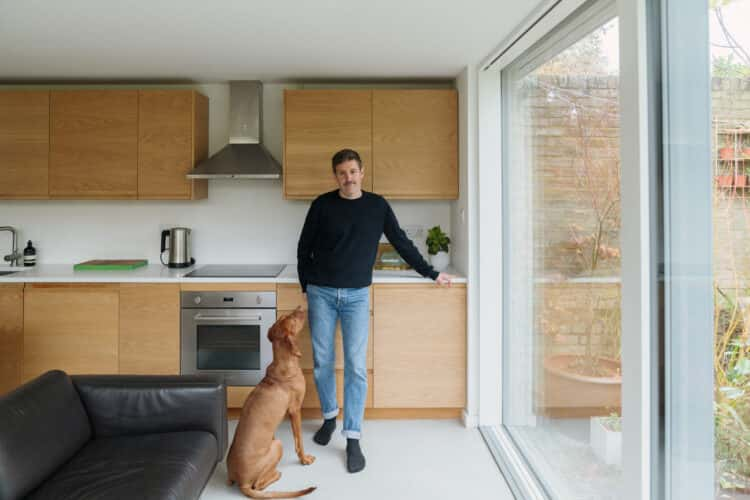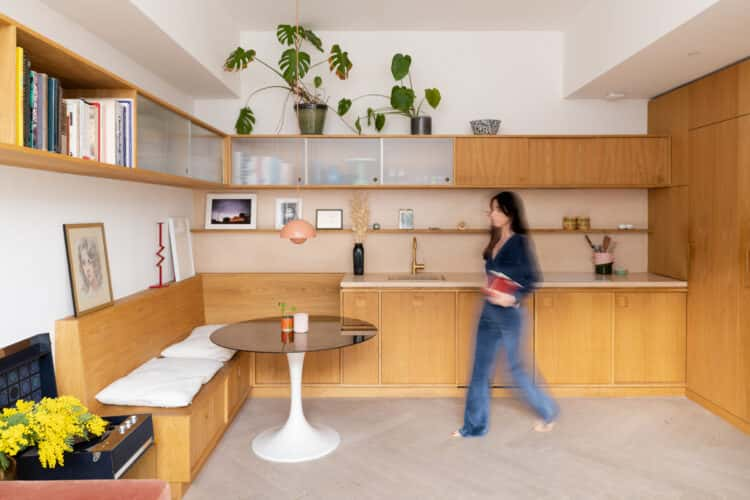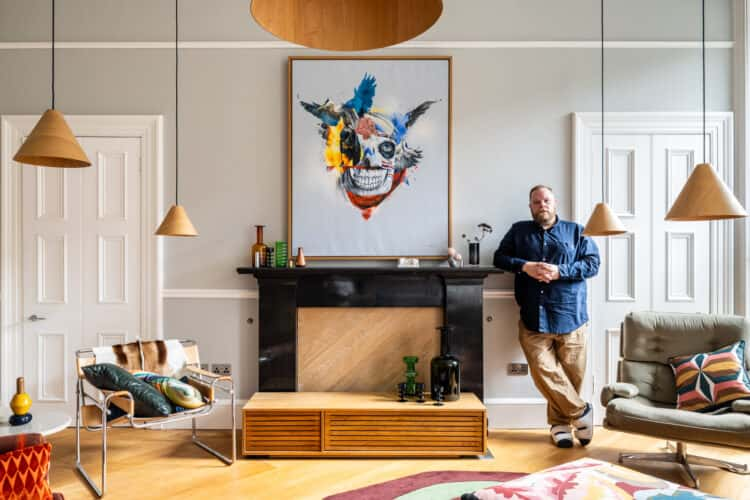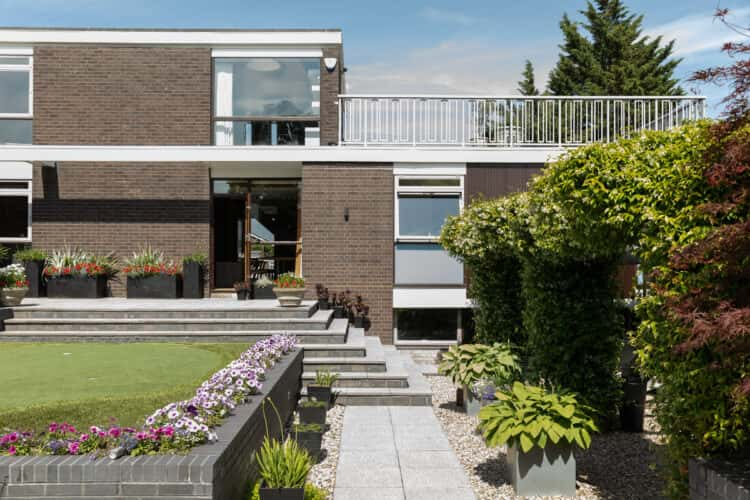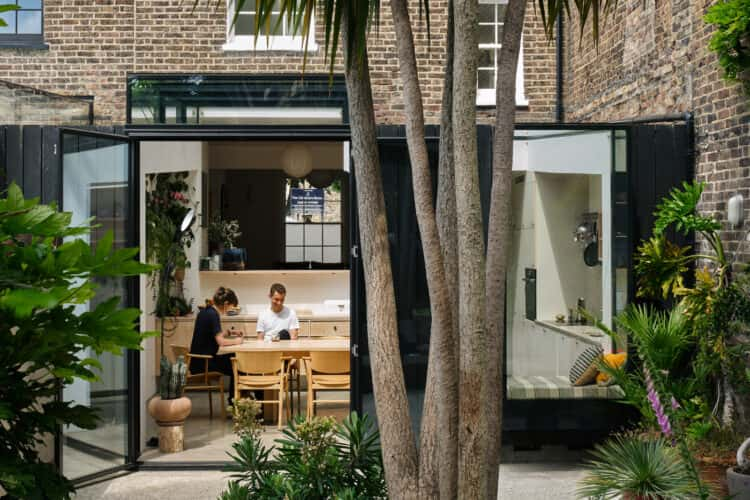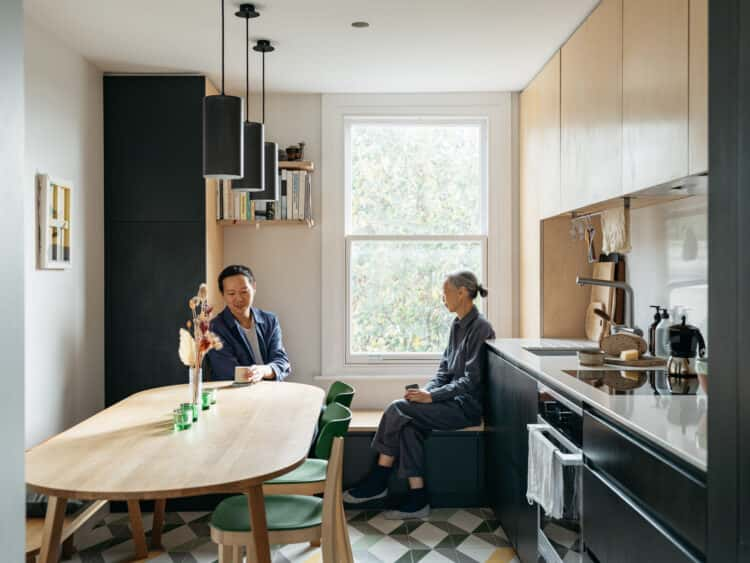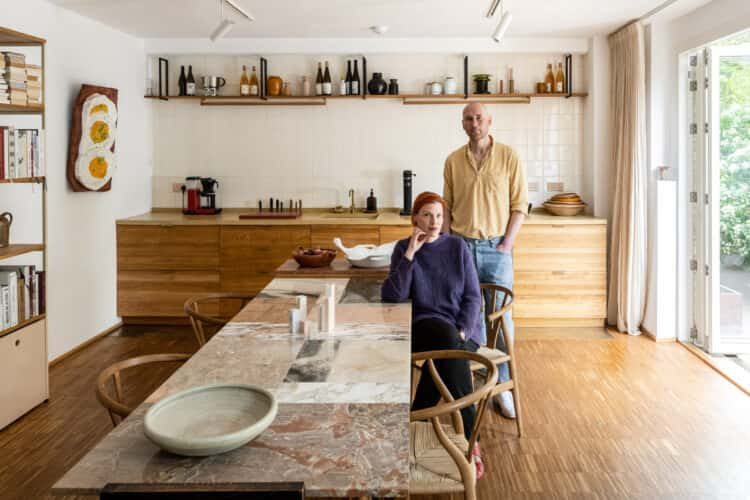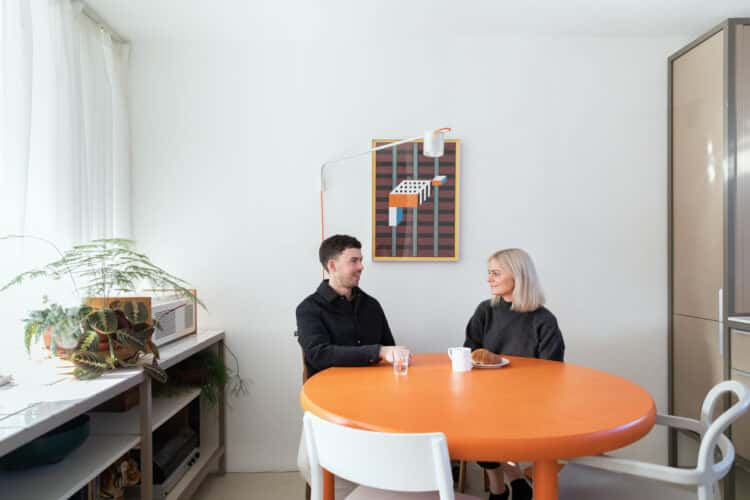A home counties treasure by master of materials Michael Manser, now for sale
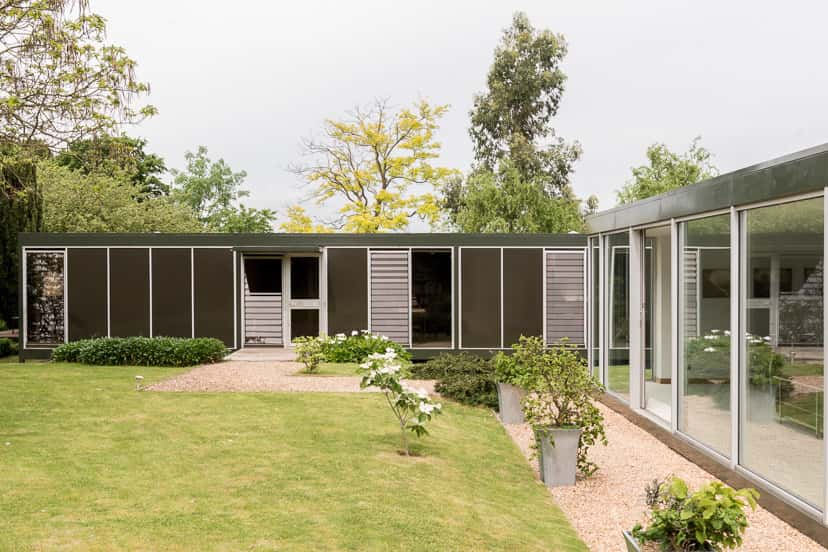
Words Lucy Drane
Michael Manser was one of Britain’s most celebrated post-war architects, lauded a titan among the modernist heavyweights – and a master of his materials. Perhaps best known for his elegant single-storey houses of the 1960s, his architectural style was notably consistent, characterised by a signature palette of glass and steel that echoed both the Californian Case Study houses and the striking minimalist aesthetic that has come to define mid-century living.Born in Bristol in 1929, Manser was heavily influenced by European modernism – in particular the work of Mies van der Rohe and Andrea Palladio – as well as his own contemporaries Peter Wormersley and Gerald Beech. Studying at the University of Westminster (formerly Regent Street Polytechnic), he was encouraged by Ove Arup, a part-time college engineer at the time, to pursue his interest in steel structures. Having qualified, Manser worked with Norman & Dawbarn before setting up his eponymous practice in 1960 from the spare room of his family home. With remarkable success, the outfit grew and grew, and larger projects followed, including the Hilton Hotel at Heathrow Terminal 4, Southampton Airport and Waterlooville Baptist church.
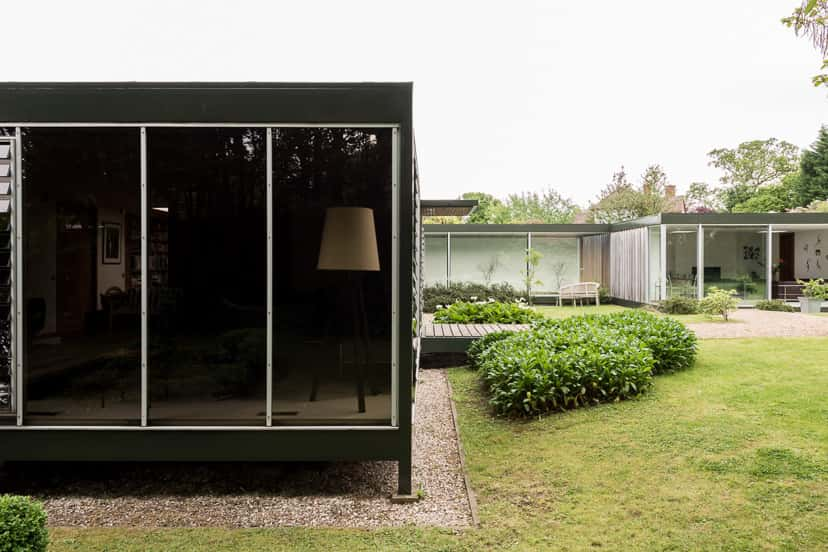
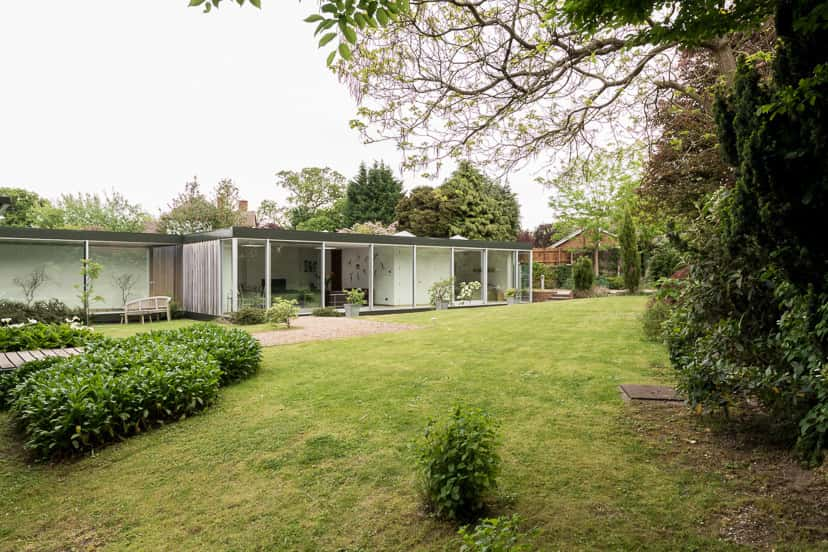
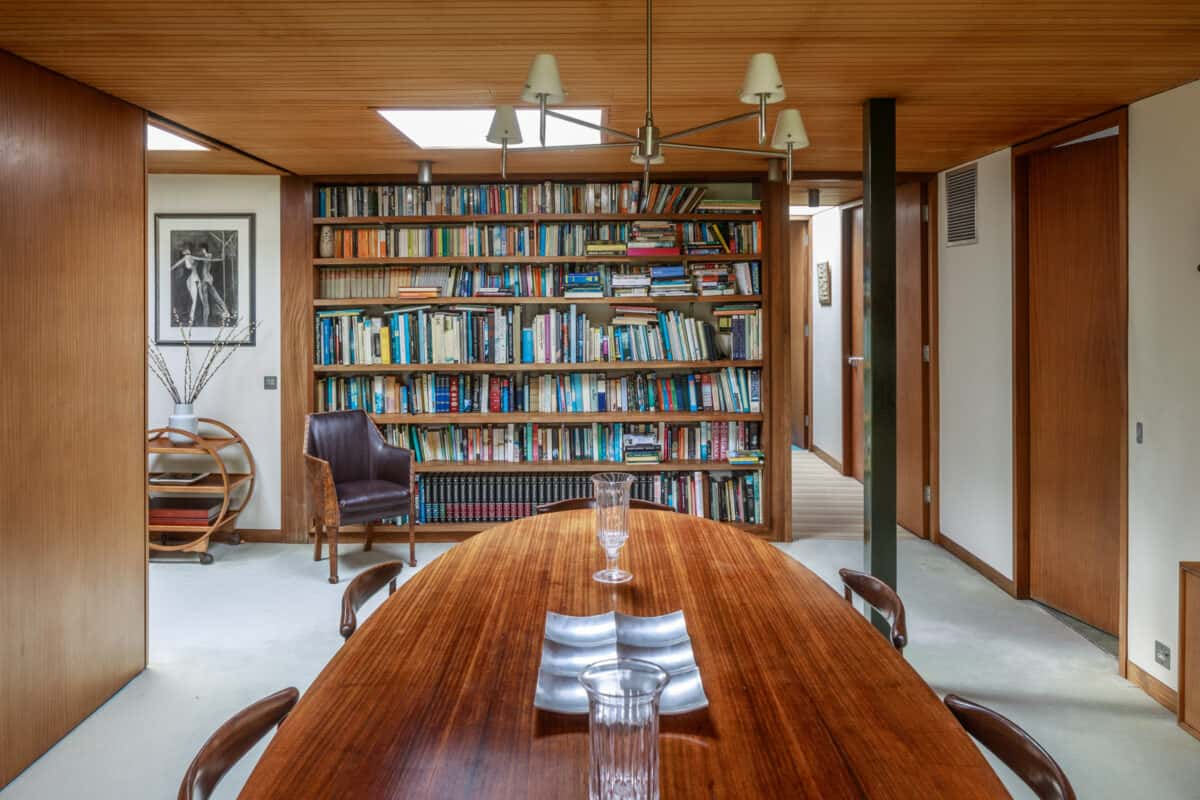
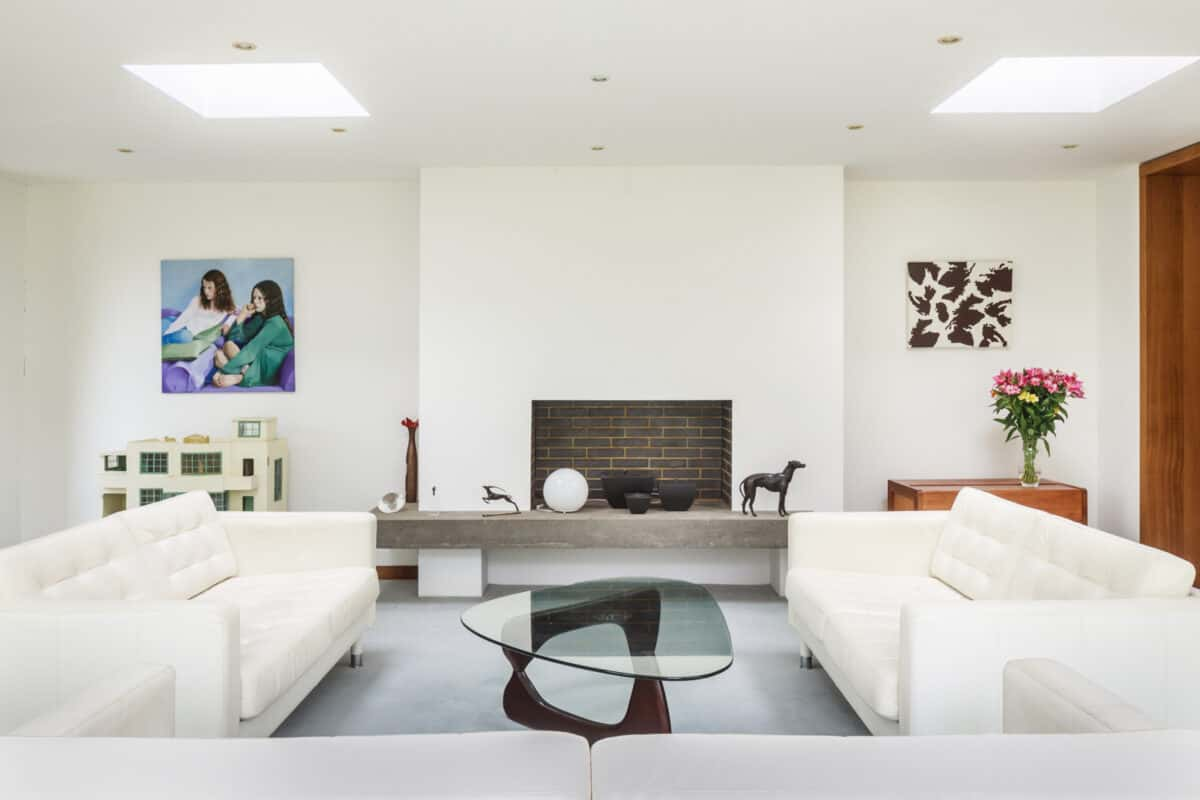
Alongside the buildings he created, Manser became widely recognised as an innovator, educator, writer and leader in his profession. An academician at both the Royal Academy of Arts and the Royal West of England Academy, he served as president of the RIBA from 1983 to 1985 and, in 1993, was awarded a CBE for services to architecture. In 2001, The Architects’ Journal founded the Manser Medal in his honour, an annual award commending the best completed house in the UK.
Arguably, though, it will be the one-off houses in the home counties for which Manser may be best remembered, for they so succinctly express his style. Among his finest – duly acknowledged by its Grade II listing – is Forest Lodge House: a striking 1967 single-storey dwelling in Ashtead, Surrey.
The architectural composition of the house performs a delicate dance between the structure and the topography of the site, hovering elegantly above the ground on short stilts that rest on a concealed concrete block. An industrial steel frame and glass walls form the interior living spaces, which flow freely across the lateral layout, while interchangeable glazed walls, panels and louvres clad in tinted glass reflect the garden.
With Forest Lodge House now for sale, we speak to the current owners, Antony and Sarah Poppleton, about their experience of life here, asking what its next custodians might look forward to.
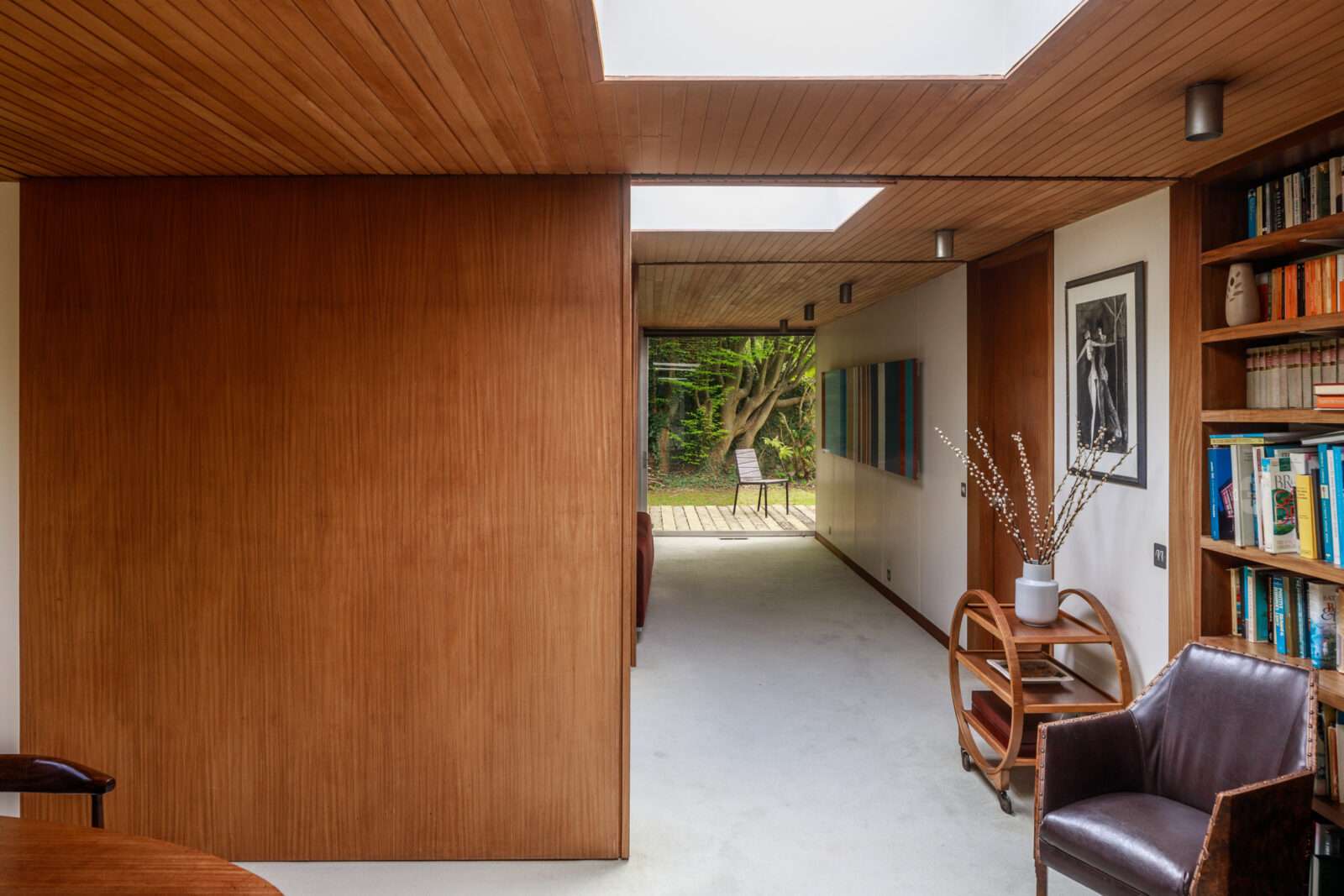
“Modern living obviously means different things to different people, but here it’s expressed in the use of space, where there are volumes of hidden storage, so much natural light and no unnecessary stairs and corridors. The vision of both Michael Manser and the garden designer John Brooks, who aimed to “bring the outside in” – resulting in multiple access and viewing points of the exterior – means the garden has become an extra a room outside.
“Before moving to Forest Lodge House, we lived in a traditional Victorian townhouse in Chelsea, but we had always had a love of design and modern architecture, which had been fostered initially by our interest in Art Deco. When we first saw the house advertised, it just seemed so different and exciting – this was in 2002, before the success of Grand Designs led to the burgeoning of modern homes being built and sold.
“We knew from the beginning we wanted to enlarge the house and were so lucky that Michael Manser was still working at the time. He took on our brief to design the extension, which was finally completed in in 2005. Our last major investment was the installation of a fibreglass-and-rubber roof, which replaced the original with a set of modern materials better suited to the job.
“The interior aesthetic – firmly mid-century – has been driven by the architecture, with many original pieces of furniture. The extension is more modern in appearance but still references Le Corbusier and Josef Hoffmann, though we’ve added some Philippe Starck designs too.
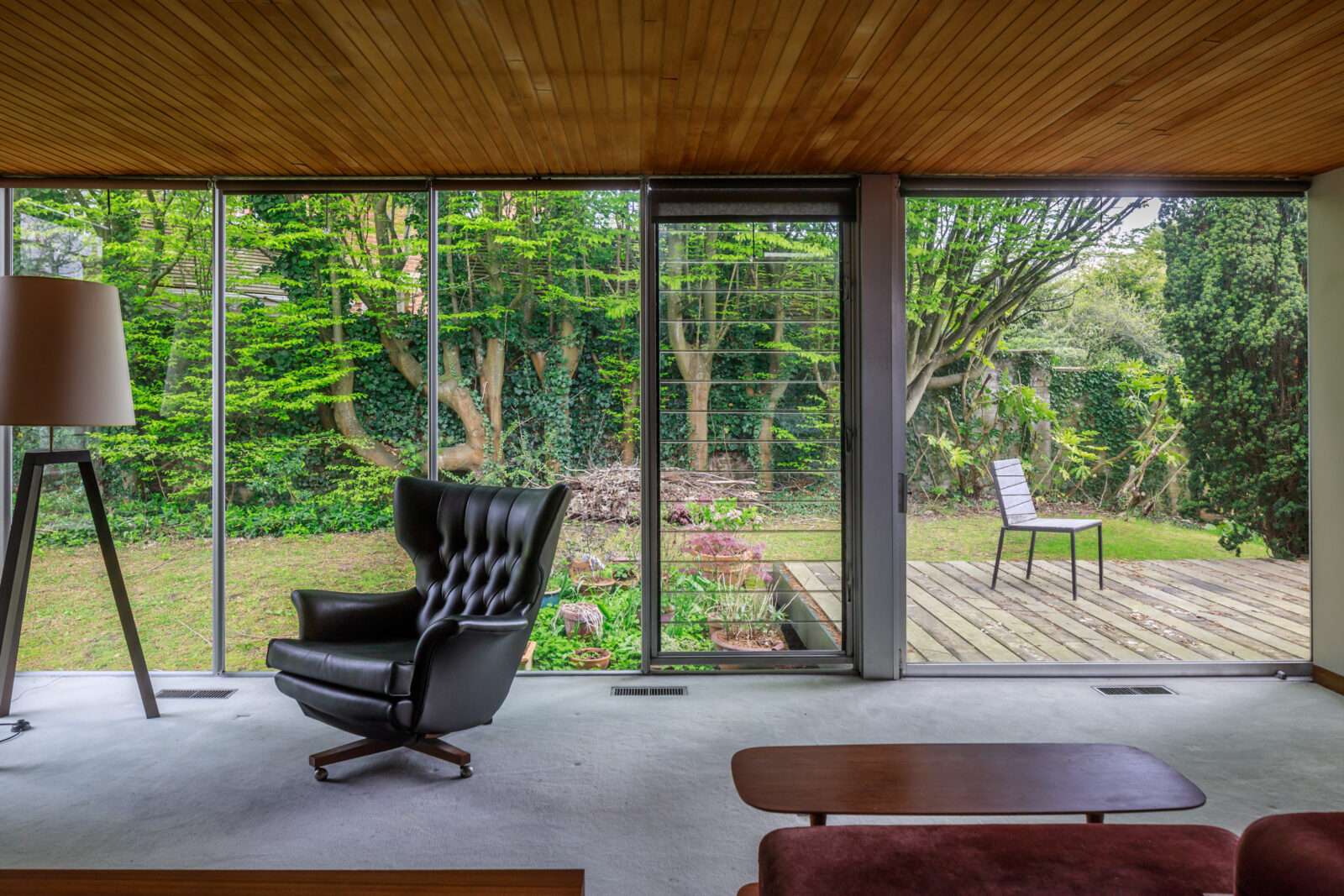
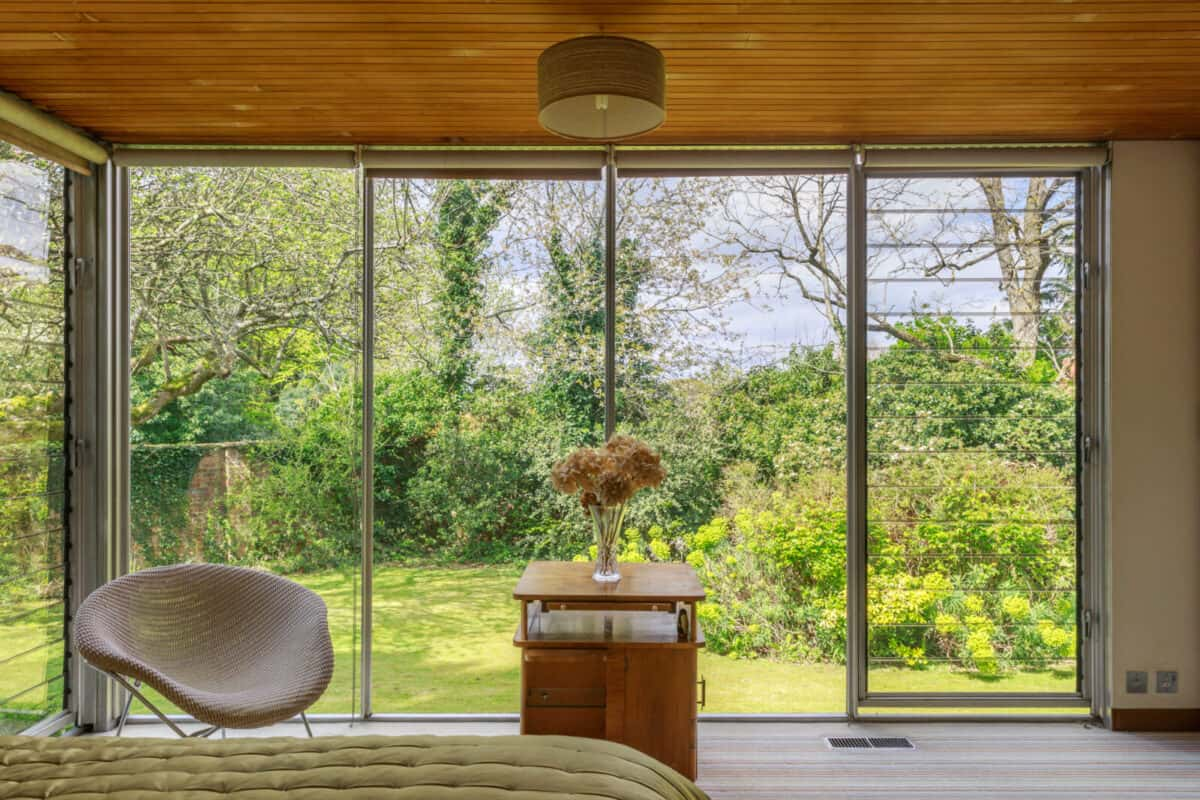
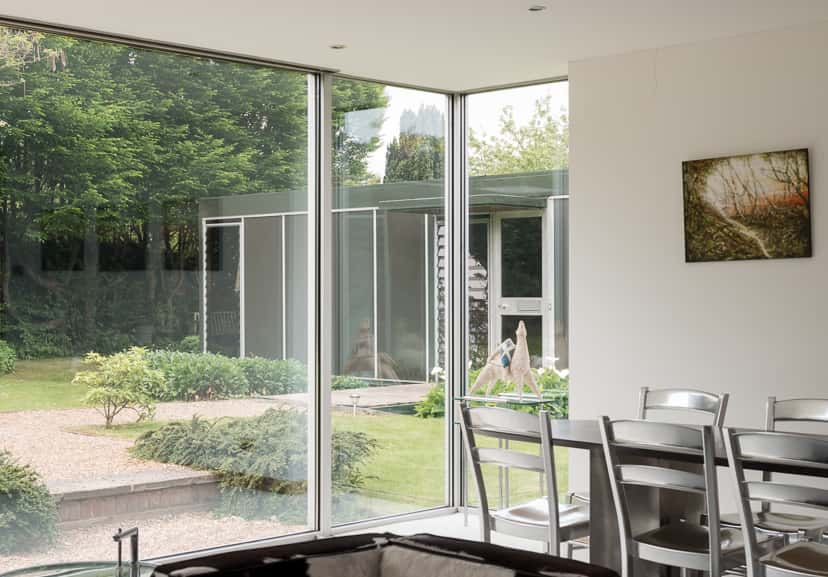
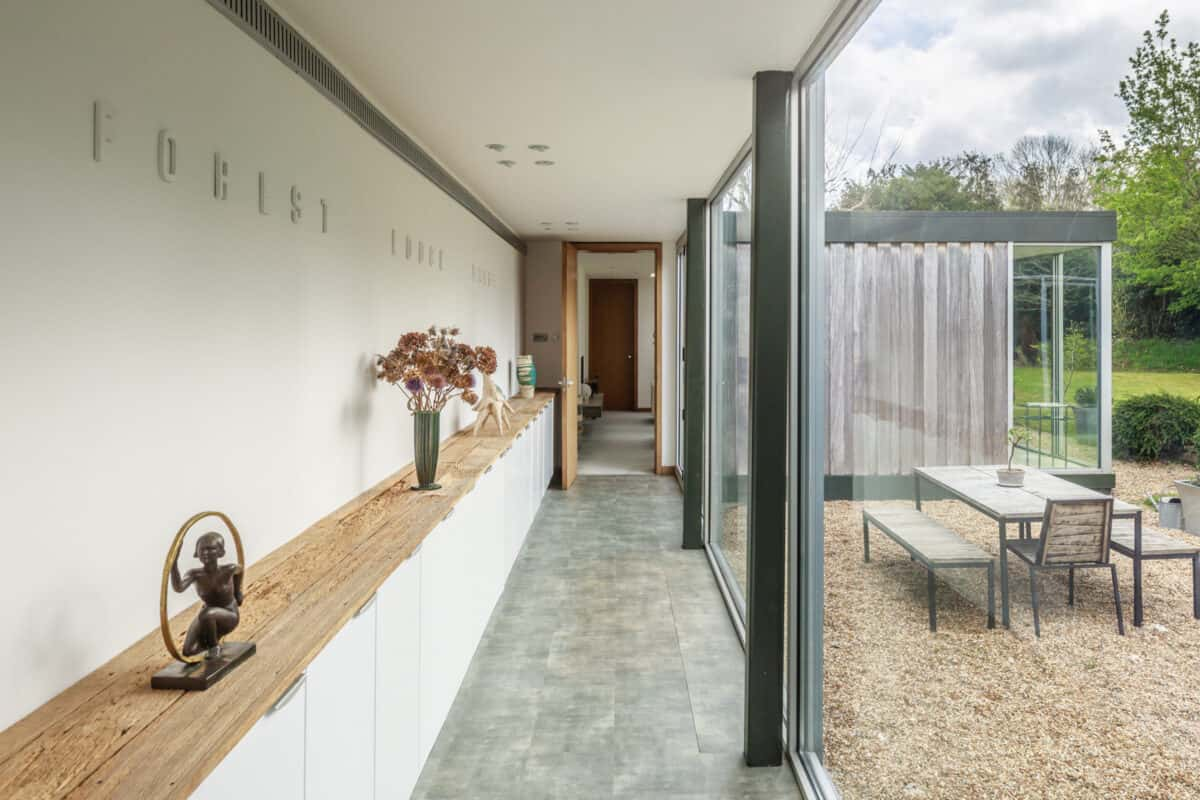
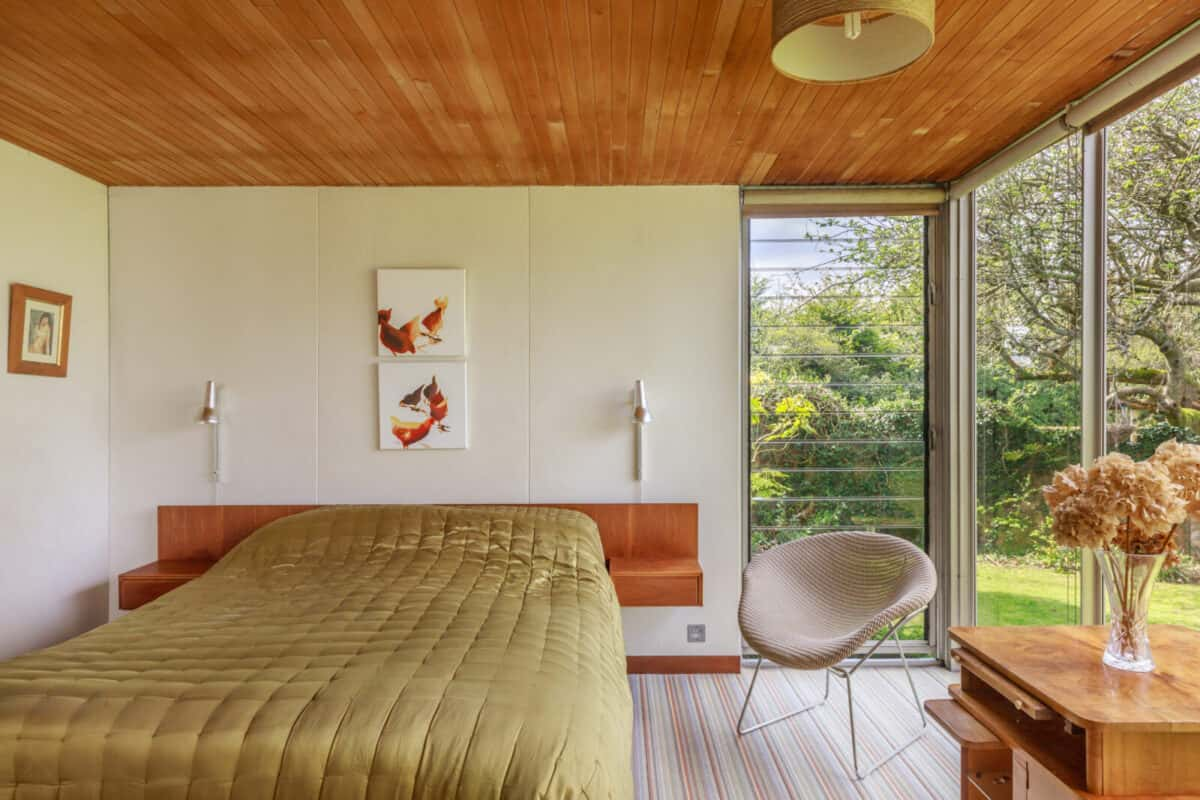
“It’s hard to choose a favourite place in the house, though the sitting room in the new extension might just clinch it. It has beautiful light and a wonderful view of the garden during the day – it makes for a lovely place to work. It’s also been used used to host a programme of pop-up restaurants. With the help of some extra tables, you can sit 24 in there.
“While Ashstead was perfect for us as a family – it’s got brilliant schools and fantastic transport – we’re moving because the house is too big for us now. We are now in the grandparent stage of our lives and want to be nearer our children. Forest Lodge House has been more than just a family home, though – it absorbs guests beautifully and, more recently, we’ve shared it with a wonderful family from Ukraine, who were escaping the war. They have since returned, but the design of the house was key to our being able to host them at a time of need, as it gave them ample private space.
“We are looking forward to passing on Forest Lodge House and its legacy – we have an archive of original Manser and Brookes plans that will come with it. We hope that whoever moves in here loves it as much as we have.”
